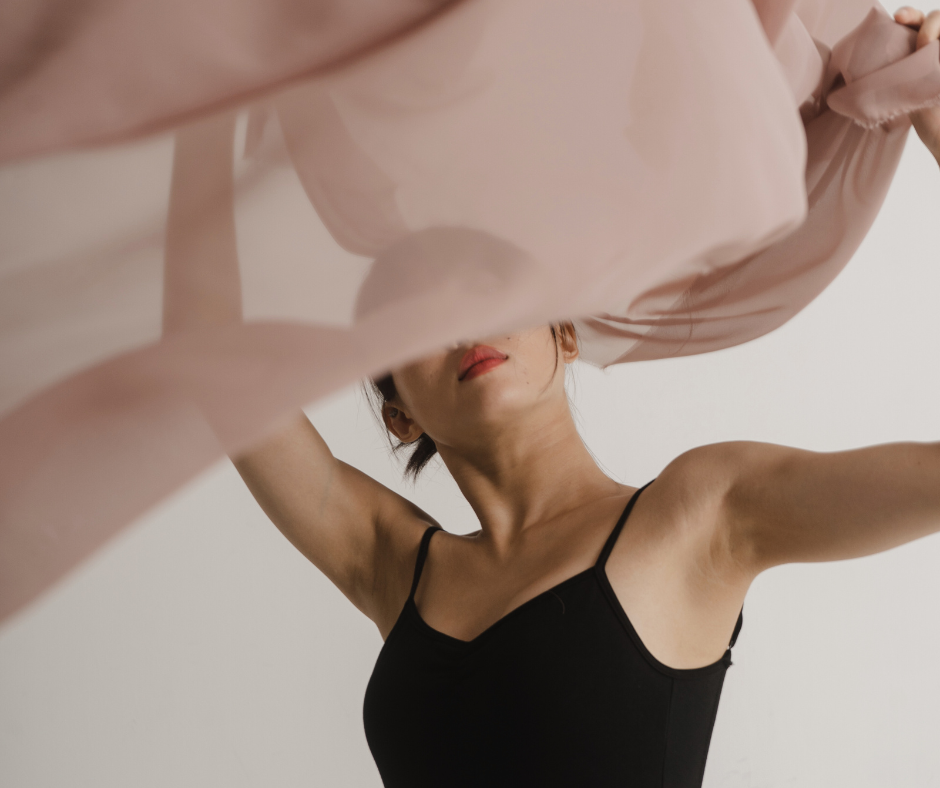

Gyrokinesis and Gyrotonic: Juliu Horvath’s Whole Body Movement Methods
Summary
Reflection Questions
Journal Prompt
Whole body movement methods offer comprehensive approaches that go beyond traditional exercise by integrating the mind, body, and spirit. Among these, the whole body movement methods conceived by Hungarian-Romanian dancer Juliu Horvath are increasingly popular. Horvath’s innovative systems emphasize fluid, natural movements combined with breath control, designed to enhance flexibility, strength, and overall health. In this article, we explore the Gyrokinesis and Gyrotonic methods developed by Horvath, demonstrating how Horvath’s methods contribute not only to improved physical fitness but also to mental clarity and emotional balance. Read on to learn more.
The Genesis of Gyrokinesis and Gyrotonic Exercise
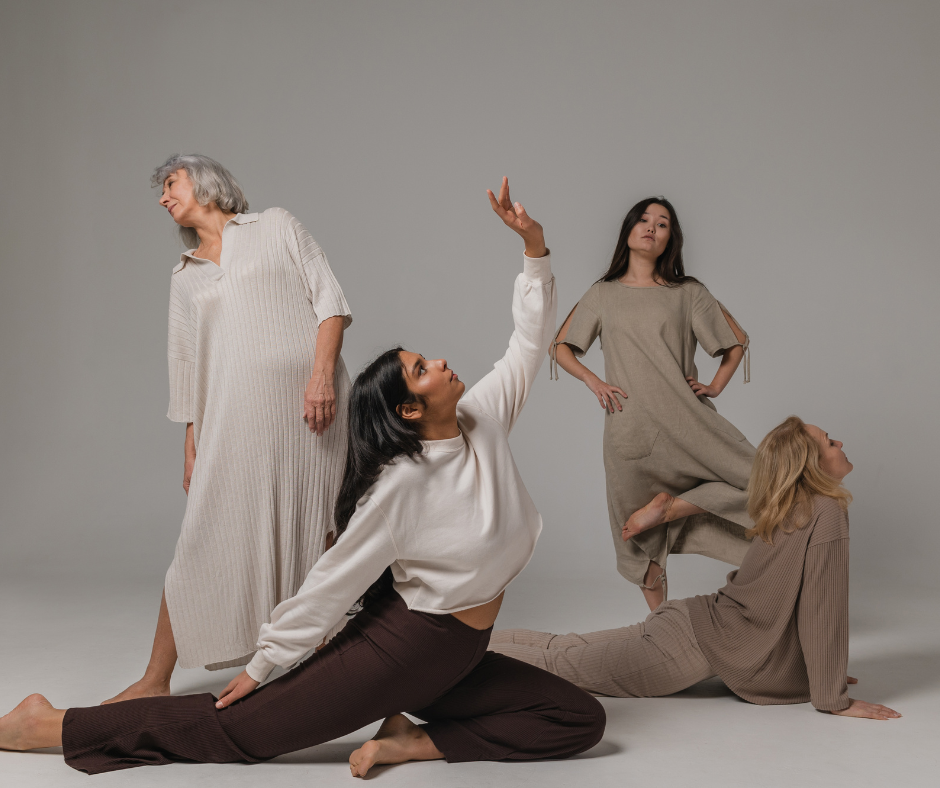

Juliu Horvath’s journey to creating Gyrokinesis and Gyrotonic is as compelling as the methods themselves. Born in Romania, Horvath was a principal dancer with the Romanian State Opera before defecting to the West in the 1970s. After settling in the United States, his dance career was abruptly halted by a series of injuries, leading him to a profound exploration of body movement and healing.
It was during this time that Horvath began developing what would eventually become Gyrokinesis and Gyrotonic. Drawing from his deep understanding of movement gained through ballet, combined with his studies of yoga, tai chi, and gymnastics, Horvath sought to create an exercise program that would rehabilitate and strengthen his body without the harsh impact of traditional methods.
The Evolution from “Yoga for Dancers” to Gyrokinesis
The initial concept Horvath developed was known as “Yoga for Dancers,” a precursor to what is today called Gyrokinesis. This early iteration was designed to offer dancers a way to warm up, increase their range of motion, and prevent injuries through gentle, flowing movements that emphasized breathwork and spinal flexibility.
As Horvath refined the method, he realized its potential benefits not just for dancers but for everyone. This realization led to the evolution of “Yoga for Dancers” into Gyrokinesis, a comprehensive movement method aimed at enhancing the body’s natural ability to move with efficiency and grace. Gyrokinesis classes typically take place on a mat and chair, allowing participants to explore movement sequences that stretch and strengthen the body in a harmonious, non-jarring manner.
The Development of Gyrotonic Expansion System and Its Unique Equipment
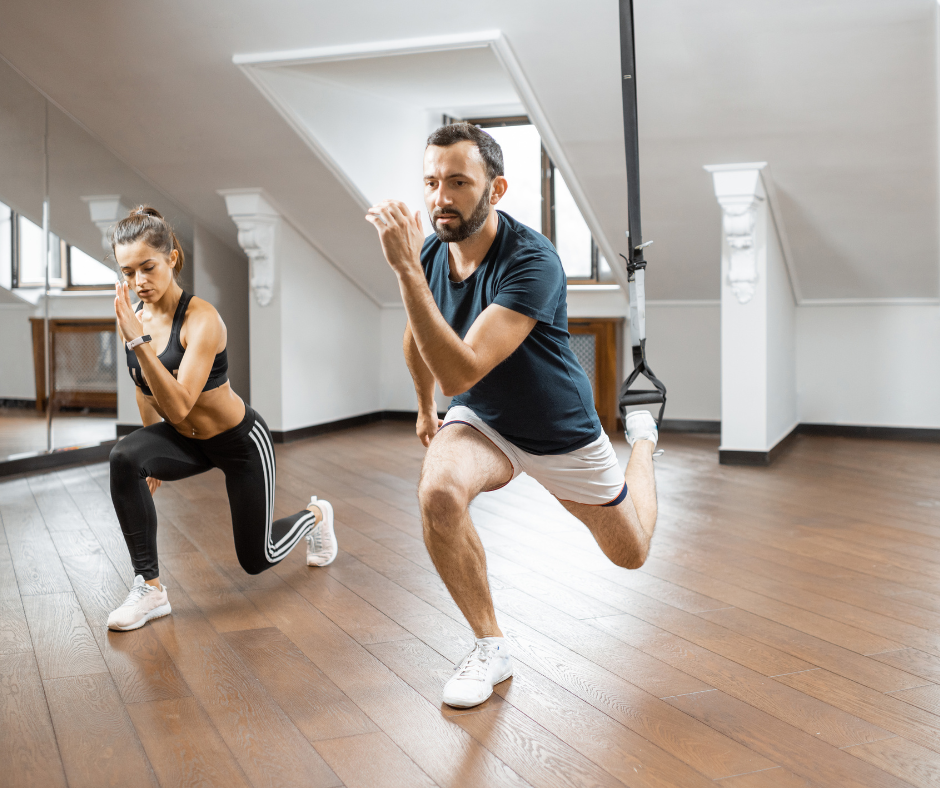

While Gyrokinesis addresses movement without the need for specialized equipment, Horvath’s continued innovation led to the creation of the Gyrotonic Expansion System, which includes a unique set of apparatuses designed to accompany and enhance the Gyrotonic exercises. The most notable piece is the Pulley Tower Combination Unit, a complex machine with weights, pulleys, and ropes that facilitates a wide range of movement with resistance, allowing for a more targeted and expansive exercise experience.
The design of this equipment is rooted in Horvath’s understanding of the body’s three-dimensional movement possibilities. It supports the execution of exercises with fluidity and provides feedback to the user, enhancing awareness and encouraging the engagement of a broad spectrum of muscle groups in a coordinated and integrated manner. The development of this equipment marked a significant milestone in the Gyrotonic method, offering a holistic approach that adapts to the needs and abilities of individuals, ranging from rehabilitation patients to high-performance athletes.
Core Principles of Gyrokinesis and Gyrotonic
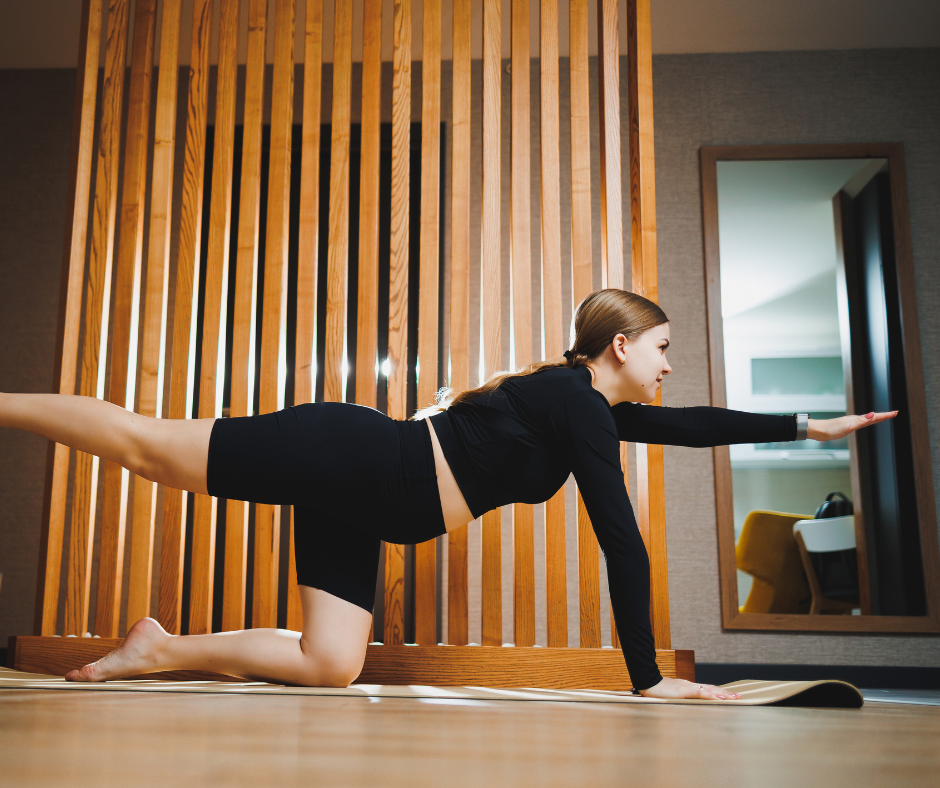

The foundational pillar of both Gyrokinesis and Gyrotonic is a holistic approach to movement that seamlessly integrates breathing, fluidity, and three-dimensional spiraling movement patterns. This approach is designed to enhance bodily awareness, begin opening energy pathways, and promote the natural flow of movement through space. It is intended to transcend the limitations of conventional exercise that often focus on linear and isolated movements.
Breathing patterns are synchronized with movement sequences, facilitating an increase in oxygenation and the release of tension, which in turn supports greater range of motion and fluidity. Each movement flows naturally into the next. This unique movement method ensures that exercises engage the entire human body in a harmonious and balanced manner, encouraging movements that extend beyond the typical forward and backward or side-to-side, to include circular movements and spiral dynamics that mirror the body’s natural propensity for movement.
The Emphasis on Spinal Movements and Joint Articulation
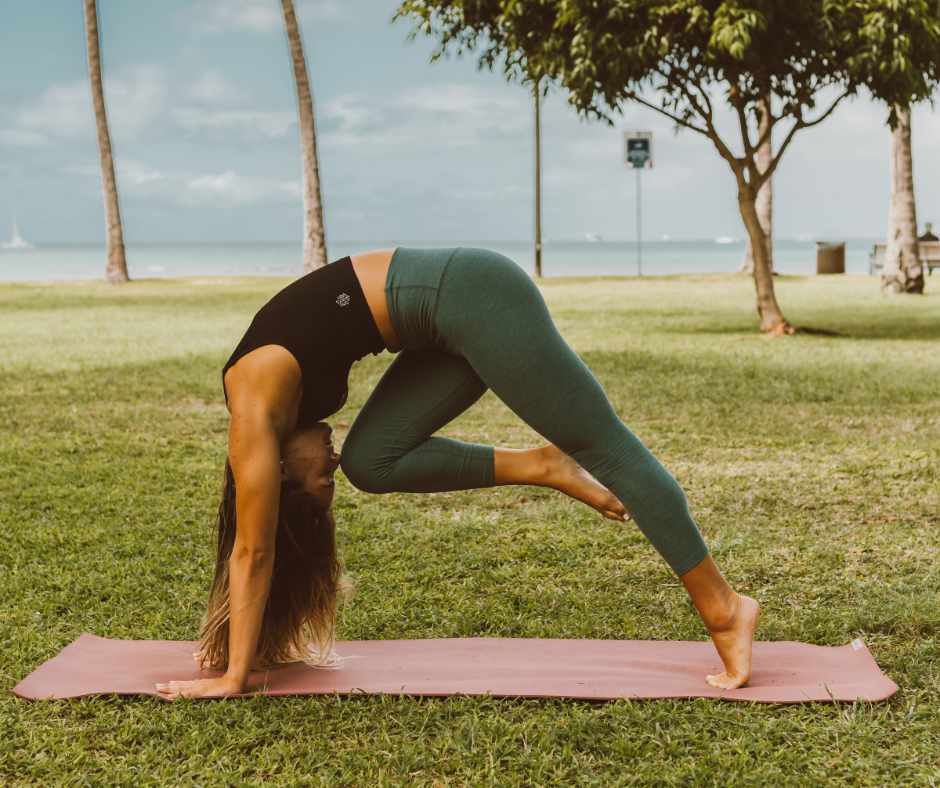

A key aspect of both Gyrokinesis and Gyrotonic is the significant emphasis placed on spinal movements and joint articulation. This focus stems from the understanding that a healthy and flexible spine is central to overall physical well-being and the efficient functioning of the entire body. Exercises are designed to encourage the spine to move through its full range of motion, including forward, backward, side-to-side, and rotational movements.
This multidirectional approach helps to decompress the spine, alleviate stress on the vertebrae, and result in improved posture. Similarly, joint articulation exercises aim to increase the range of motion and fluidity in joints, enhancing flexibility, increasing range, improving movement efficiency, and reducing the risk of injury. By prioritizing the health of the spine and joints, Gyrokinesis and Gyrotonic offer a comprehensive method for maintaining and improving musculoskeletal health.
The Concept of Energy Flow and Its Importance in These Practices
Central to Gyrokinesis and Gyrotonic is the concept of energy flow, a principle that draws heavily from yoga and Eastern philosophies of health and wellness. This concept posits that the efficient movement of energy, or ‘chi’, throughout the body is crucial for maintaining physical health and vitality. Exercises in both Gyrokinesis and Gyrotonic are designed to remove energy blockages by opening up the body’s pathways, thereby facilitating the smooth flow of energy.
This is achieved through a combination of movement, breathing, and focused intention, which together help to enhance the body’s natural healing capabilities and promote a sense of well-being. The emphasis on energy flow is not just about physical health; it also incorporates mental and emotional dimensions, fostering a holistic sense of balance and harmony within the practitioner.
The Gyrokinesis Method


A typical Gyrokinesis session is an orchestrated sequence of movements that gently works the entire body, utilizing a mat and a stool as the primary props. Private classes begin with self-massage and simple breathing techniques to awaken the body and focus the mind. Following this, the instructor leads participants through a series of fluid spinal motions designed to increase the range of motion and prepare the body for more dynamic movements.
These movements progress from seated exercises on the stool, which emphasize the spine’s articulation and flexibility, to mat exercises that challenge balance, coordination, and strength. The sequence of movements in a Gyrokinesis class is carefully structured to flow seamlessly from one exercise to the next, gradually building in complexity and intensity. This progression not only ensures a comprehensive workout that engages all major muscle groups but also maintains a continuous rhythm that stimulates the cardiovascular system, enhancing both physical and energetic circulation throughout the body.
The Focus on Rhythmic Movements, Breath Control, and the Use of Specific Patterns to Enhance Flexibility and Strength
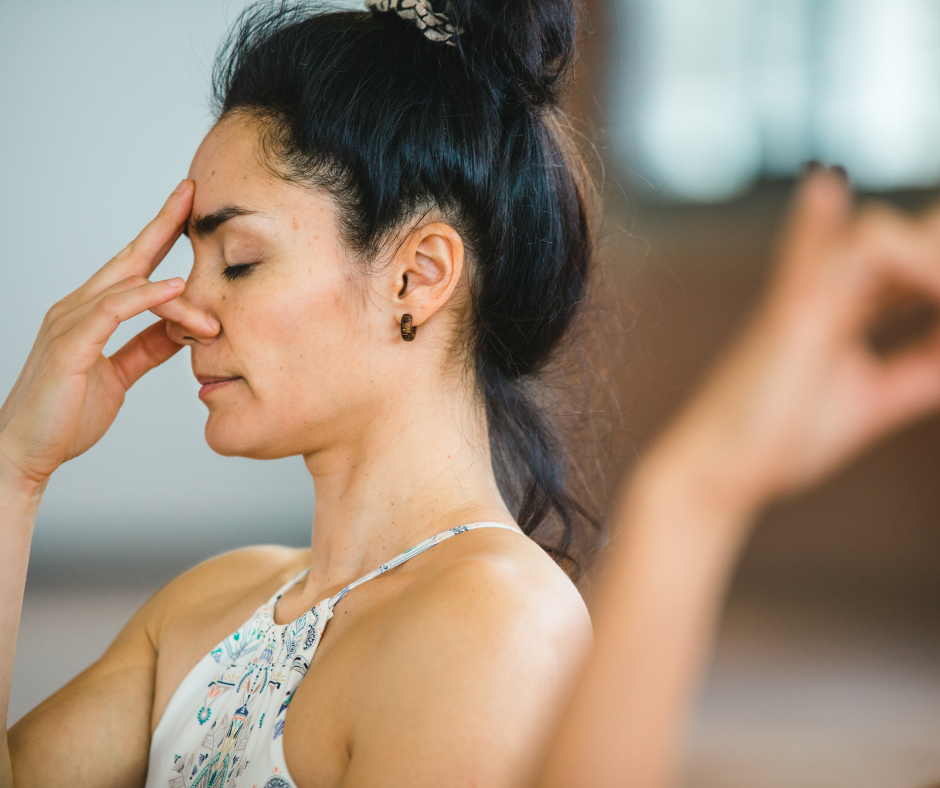

The Gyrokinesis method places a significant emphasis on rhythmic movements, breath control, and the use of specific movement patterns to enhance flexibility and build strength. This approach is rooted in the belief that rhythmic motion, synchronized with deep, conscious breathing, can profoundly impact the body’s systems, promoting efficiency and fluidity in movement.
Breathing patterns are integrated with movements to support the activation of core muscles, deepen stretches, and facilitate relaxation during transitions. The rhythmic nature of the exercises helps to sustain momentum throughout the session, making the workout both energizing and meditative.
Specific patterns of movement, such as spirals and circular motions, are employed to engage the body in a holistic manner, ensuring that exercises are not isolated to single muscle groups but instead encourage the interconnectedness of the body’s musculature, enhancing overall flexibility and strength. This focus on rhythm, breath, and patterned movement distinguishes the Gyrokinesis method as a comprehensive approach to physical wellness, emphasizing the dynamic relationship between movement and breath in fostering health and vitality.
The Gyrotonic Method
The Gyrotonic method is distinctive for its use of specialized equipment, with the Pulley Tower Combination Unit being central to its practice. This apparatus is ingeniously designed to accommodate the human body’s natural movement patterns, featuring pulleys, weights, and ropes that allow for a wide range of motion in all directions. Its configuration supports the body’s ability to stretch and strengthen muscles simultaneously, mimicking the fluid, circular, and spiraling movements that are core to the Gyrotonic philosophy.
The resistance provided by the weights can be adjusted to suit different strength levels, making exercises both accessible and challenging. This equipment’s design facilitates multidimensional movement, encouraging the spine’s articulation and enhancing joint mobility, thereby offering a unique and effective approach to full-body conditioning.
The Customization of Exercises to Individual Needs, Highlighting the Adaptability of the Gyrotonic Method


One of the hallmarks of the Gyrotonic method is its adaptability to individual needs, allowing for a highly personalized approach to exercise. Each qualified gyrotonic trainer learns to tailor sessions based on the participant’s abilities, health conditions, and personal fitness goals. This customization is possible due to the versatile nature of the Gyrotonic equipment, which can be adjusted to accommodate varying levels of strength, flexibility, and range of motion.
Whether addressing specific physical challenges, recovering from injury, or seeking to improve athletic performance, the Gyrotonic method offers a range of exercises that can be modified to meet the unique requirements of each individual. This personalized approach ensures that participants receive the maximum benefit from their practice, with exercises that are both effective and safe.
The Benefits of Gyrotonic Exercises for Rehabilitation and Athletic Development
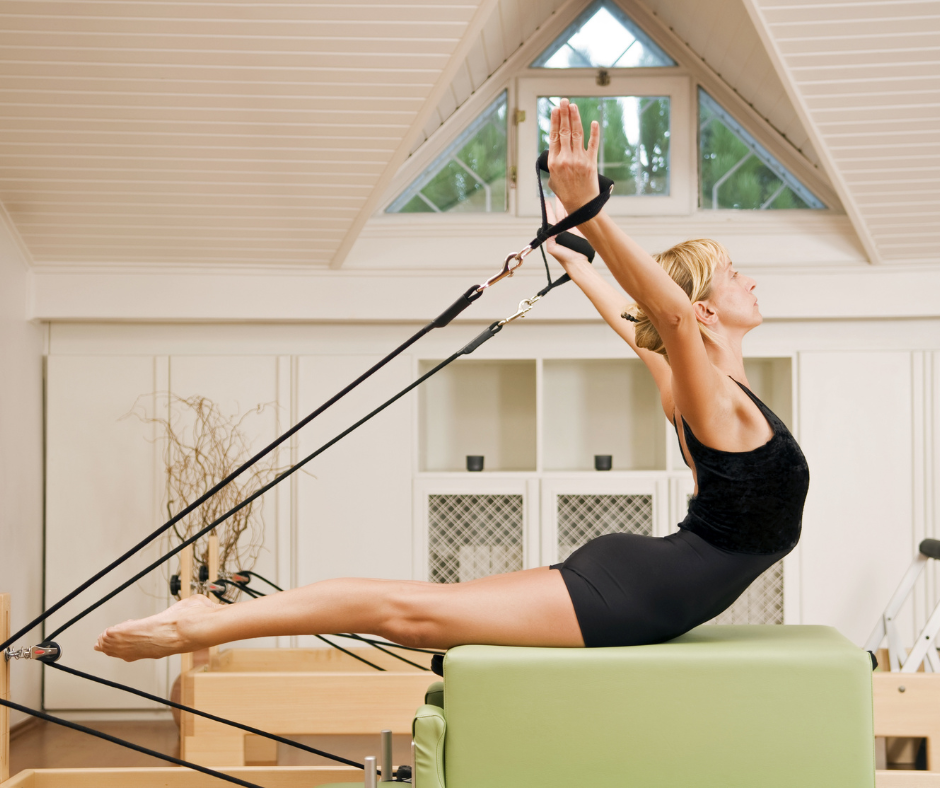

Gyrotonic exercises offer significant benefits for both rehabilitation and athletic development, making this method a valuable tool for a wide spectrum of individuals. It is often used in physical therapy. For those in rehabilitation, the gentle, controlled movements facilitated by the Gyrotonic equipment can help to rebuild strength, enhance flexibility, and improve range of motion without placing undue stress on the body.
The method’s emphasis on spinal health and joint articulation is particularly beneficial for recovering from injuries and preventing future issues. Athletes, on the other hand, can leverage the Gyrotonic method to enhance their performance, benefiting from increased core strength, improved balance, and greater flexibility. The multidimensional movements inherent in Gyrotonic exercises promote a more integrated and functional form of strength, contributing to better performance across various sports and physical activities.
Benefits of Gyrokinesis and Gyrotonic Training
Physical Benefits: Improved Flexibility, Strength, Coordination, and Balance
The physical benefits of Gyrokinesis and Gyrotonic training are both broad and profound, touching on key aspects of physical health such as flexibility, strength, coordination, and balance. These methods encourage the body to move in natural, fluid ways that not only enhance muscle tone and joint mobility but also improve overall structural integrity and functional movement patterns.
Regular practice leads to a noticeable increase in flexibility, allowing practitioners to move more freely and with less discomfort. Strength gains are achieved through exercises that engage the whole body in a unified effort, rather than isolating individual muscles, resulting in a more balanced and functional form of strength. Coordination and balance are improved through the method’s focus on mindful movement and spatial awareness, helping practitioners to navigate their physical world with greater ease and confidence.
Mental and Emotional Benefits: Stress Relief, Increased Mental Clarity, and Emotional Balance


Beyond the tangible physical improvements, Gyrokinesis and Gyrotonic training offer significant mental and emotional benefits. The rhythmic, flowing movements combined with focused breathing techniques serve as a powerful form of stress relief, helping to calm the mind and reduce anxiety while stimulating the nervous system. This meditative aspect of the practice enhances mental clarity, enabling practitioners to foster a state of mindfulness that can improve concentration and productivity.
Additionally, the balance achieved through these movement methods extends beyond the physical, promoting emotional equilibrium. Many find that regular practice helps in managing emotional disturbances, contributing to a sense of well-being and resilience in the face of life’s challenges.
Rehabilitation and Prevention of Injuries: How These Methods Support Recovery and Prevent Musculoskeletal Issues
Gyrokinesis and Gyrotonic training are particularly esteemed for their role in rehabilitation and the prevention of injuries. These methods are adept at addressing and mitigating musculoskeletal issues through exercises that build strength and flexibility without overburdening joints or risking strain. For individuals recovering from injuries, the gentle, controlled movements allow for the safe strengthening of affected areas, facilitating a quicker and more holistic recovery process.
The emphasis on proper alignment and balanced muscle development also plays a critical role in injury prevention, as it helps to correct postural imbalances and reduce the risk of future injuries. By promoting a deeper awareness of the body and its movement patterns, Gyrokinesis and Gyrotonic training equip practitioners with the tools they need to maintain musculoskeletal health and prevent common physical ailments.
Final Thoughts on Gyrotonic and Gyrokinesis as Part of a Whole Body Approach to Health
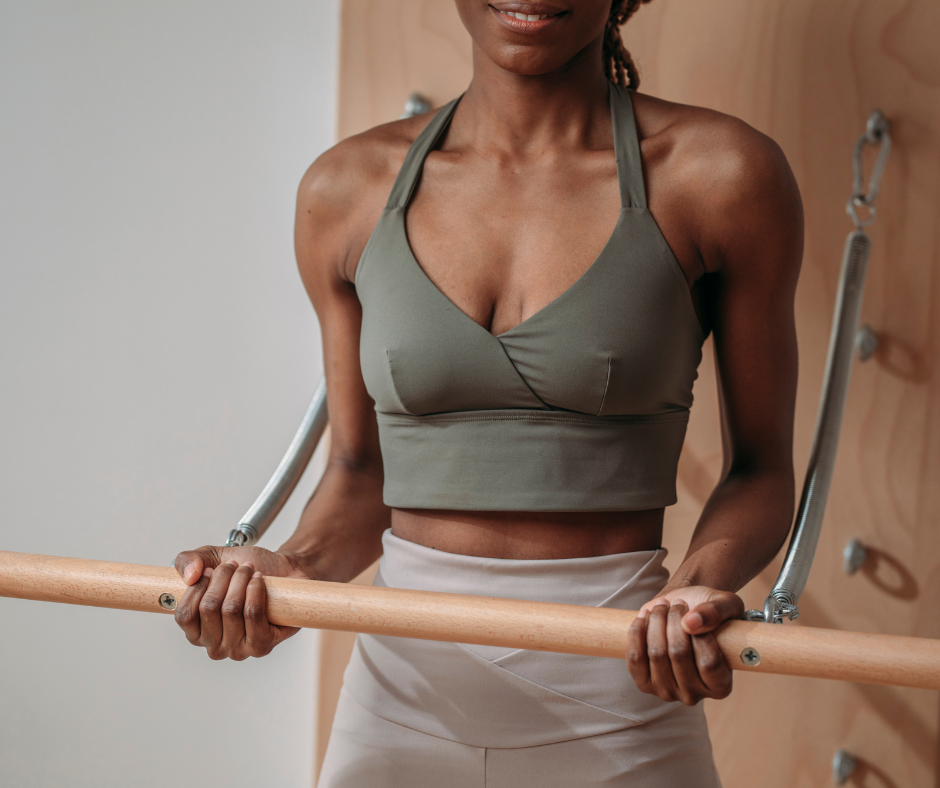

For those seeking a path to greater health and inner harmony, exploring Gyrokinesis and Gyrotonic offers an opportunity to engage with your body in a profoundly new and beneficial way. Whether you are recovering from injury, looking to enhance your physical performance, or simply searching for a practice that nurtures both body and soul, these methods provide a versatile and accessible solution. Give it a shot! You may discover not just a new form of exercise, but a new way to live in and understand your body.








